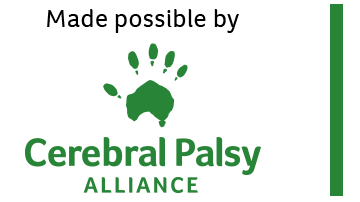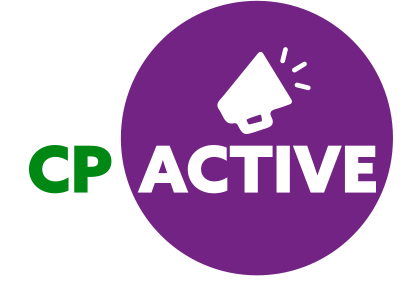Window of Opportunity: experts explain the science of early screening
We were privileged to have some of the world’s leading experts on cerebral palsy: Dr Cathy Morgan and Professor Iona Novak from Cerebral Palsy Alliance Research Institute, and Professor Rod Hunt from Murdoch Children’s Research Institute, join us at the launch of the Window of Opportunity campaign. They spoke to our CPActive community to explain […]
Resilience, community and representation – key lessons from CPA’s Paralympic Ticker Tape Parade
The amazing performance of Australian athletes with cerebral palsy at the Tokyo 2020 Paralympics has inspired a new generation of young children with CP and similar disabilities. To celebrate the return of our Aussie Paralympians, CPA recently held a virtual Paralympic Ticker Tape Parade, pairing aspiring athletes with some of our most successful Paralympians living […]
Window of Opportunity campaign: stories from the launch
Right now in Australia, there’s no standard program for screening babies for CP. That’s why the Window of Opportunity campaign exists: to advocate for a national Baby Movement Screening program for every child born, or BaMS for Bubs.
At the launch event the CPActive community heard from four parents about their child’s journey to diagnosis and treatment. These are their stories.
19 August: Window of Opportunity campaign launch | A CPActive Online Event
Every baby born with cerebral palsy has a window of opportunity that makes a lifetime of difference. But in Australia, we’re missing it. Every baby born is tested for hundreds of health conditions, but not for cerebral palsy. It’s the most common physical disability in childhood, yet across Australia the approach to diagnosis is just […]
Wrap-up: Activism 101 Skill Share
Our CPActive event ‘Activsm 101’ was a smaller skill share session where three prominent disability activists dropped in to share their wisdom with the CPActive community.
Grassroots campaigner Jerusha Mather, Jean Cotchin from the Every Australian Counts campaign, and Elly Desmarchelier from Women With Disabilities Australia joined us to discuss how they found their passion for activism, their experiences dealing with politicians and decision-makers, why the world needs to hear more voices with lived experience of disability.

